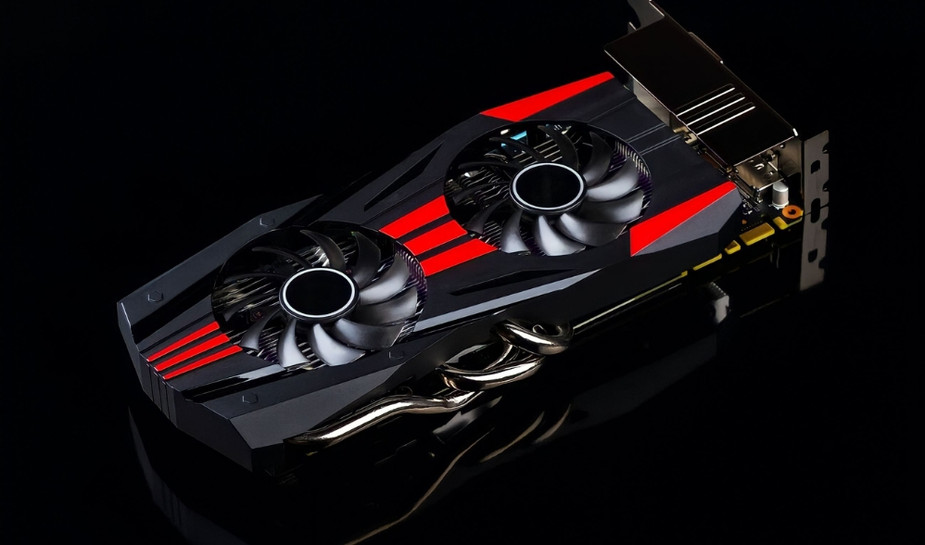Transceivers are essential parts that enable flawless data transfer in the world of modern networking, where the flow of information is essential. These unassuming gadgets are crucial to data transfer and are essential in a variety of network situations. This article will examine the world of transceivers, their significance, types, applications, and how they impact our interconnected world, whether you're an IT professional looking for a deeper knowledge or someone curious about the technology underlying your internet connection.
What is a Transceiver?
Let's first develop a fundamental knowledge of what a transceiver is before going further. A transceiver, a combination of "transmitter" and "receiver," is a multipurpose gadget that sends and receives data across a network. These adaptable tools are frequently used in networking, telecommunications, and other communication systems, bridging the communication gap between diverse tools to speed up the sharing of information.
The Crucial Role of Transceivers in Networking
By enabling data transfer via various media, including fiber optic cables, copper cables, and wireless channels, transceivers act as the foundation of networking. Their main job is to serve as converters, taking electrical or optical signals produced by network equipment like switches and routers and converting them into formats appropriate for transmission across the selected medium. Transceivers are also in charge of taking inbound signals and translating them into a format that network devices can comprehend.
Diving Deeper Types of Transceivers
There are many different types of transceivers, each carefully created to satisfy certain network requirements. Here is a closer look at some typical types:
Optical Transceivers:
These transceivers use light signals to transmit data, which makes them perfect for fast and far-reaching communication. With their excellent transmission speeds and dependability, fiber optic cables are the chosen medium for optical transceivers.
Ethernet Transceivers:
Ethernet transceivers are pervasive in the world of Local Area Networks (LANs). For linking equipment like computers, printers, and switches, these transceivers are essential. Numerous form factors, like as RJ45 connectors and Small Form-Factor Pluggable (SFP) modules, are used to represent them.
Wireless Transceivers:
Wireless transceivers are largely responsible for the widespread use of wireless networks. They make it possible for devices and access points in Wi-Fi networks to communicate seamlessly, enabling laptops, cellphones, and other gadgets to connect wirelessly.
Copper Transceivers:
Copper transceivers are the gold standard for short-distance connectivity in Ethernet networks. These reasonably priced transceivers use twisted pair connections, which makes them appropriate for in-building networking.
The Art of Choosing the Right Transceiver
The first step in achieving optimal network performance is choosing the proper transceiver. When making this crucial choice, several considerations are taken into consideration:
Compatibility:
Make sure the transceiver you choose is completely compatible with your network's switches, routers, and other infrastructure.
Media Compatibility:
Take into account if your network uses copper, fiber optic, or wireless media. Choose a transceiver that works with the medium of your choice.
Data Rate:
Various data rates are supported by various transceivers. Choose one that will ensure effective data transmission by matching the bandwidth needs of your network.
Distance:
The actual distance that data must be transmitted over is a key consideration. While certain transceivers are better suited for long-distance transmission, others are made for short-distance connections.
Environmental Considerations:
Choose ruggedized transceivers that can resist harsh environments if your network works in demanding or extreme situations to ensure continuous communication.
Beyond the Basics Advanced Applications
Transceivers have developed to fulfill complicated networking requirements; they are no longer limited to basic data transmission. There are advanced applications like:
Data Centers:
Transceivers are the foundation of high-speed connections in data centers, guaranteeing quick access to data and redundancy.
Telecommunications:
Transceivers enable the extensive global network of voice and data communication in the telecommunications industry.
Cloud Computing:
Transceivers make it possible for cloud data centers to connect with one another, facilitating easy data transfer and access to cloud resources.
Emerging Technologies:
The effective implementation of 5G, the Internet of Things, and edge computing depends largely on transceivers.
Conclusion
In conclusion, transceivers are the unsung heroes of modern networking, enabling seamless data transmission and communication across the globe. Whether you're establishing a local network, managing a data center, or contributing to the vast landscape of telecommunications, selecting the right transceivers is paramount. They are the cornerstone of network reliability, speed, and efficiency.
For a diverse selection of high-quality transceivers and networking equipment, visit ServerBlink's Transceiver Collection. ServerBlink offers a comprehensive range of transceivers to meet diverse networking needs, ensuring your network operates at its peak performance.
To explore more networking solutions and stay informed about the latest technology trends, please visit ServerBlink. Invest in the right transceivers, and you'll be well on your way to building a robust and reliable network infrastructure that can withstand the challenges of our interconnected world.




